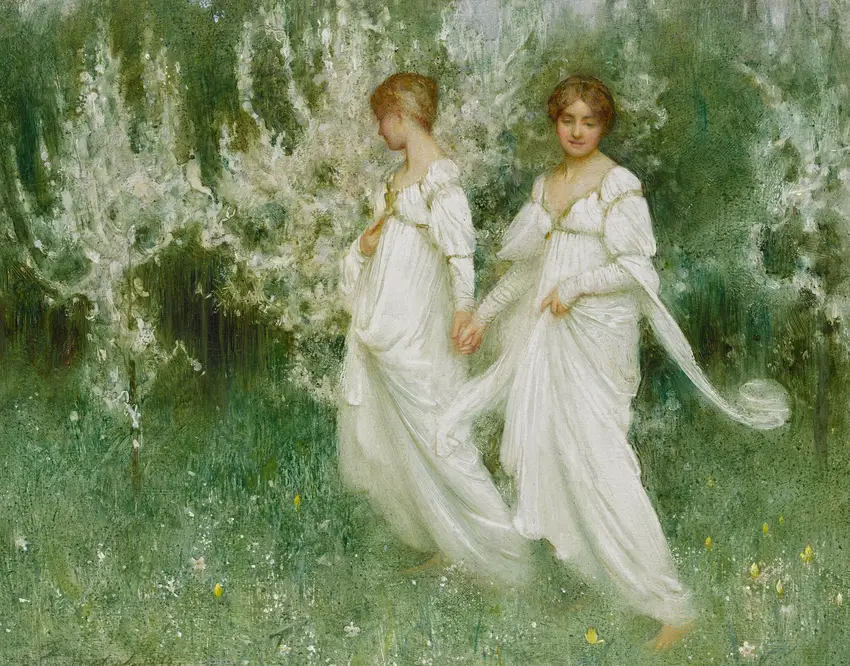Vincent van Gogh’s *Green Wheat Fields, Auvers* captures the rolling countryside near Auvers-sur-Oise with an almost feverish intensity. Swirling brushstrokes animate the landscape, turning ordinary wheat fields into a living, breathing entity under a sky thick with motion. The vibrant greens and yellows clash and harmonize, reflecting van Gogh’s restless energy during his final months—a period marked by both creative brilliance and personal turmoil. Shadows stretch dramatically, suggesting the fleeting nature of light, while the absence of human figures amplifies the painting’s raw, untamed solitude.
Painted in 1890, the work pulses with van Gogh’s signature impasto technique, where thick layers of paint create a tactile, almost sculptural surface. The wheat sways as if caught in a gust of wind, yet there’s an eerie stillness beneath the chaos—a duality that mirrors the artist’s own turbulent emotions. This isn’t just a landscape; it’s a visceral expression of van Gogh’s connection to the land, a place where he sought refuge and inspiration even as his mental state unraveled. The painting feels alive, as though the fields themselves are whispering secrets only he could hear.

-full.webp)
-full.webp)
-full.webp)
-full.webp)

-full.webp)
-full.webp)
 (1903)-full.webp)